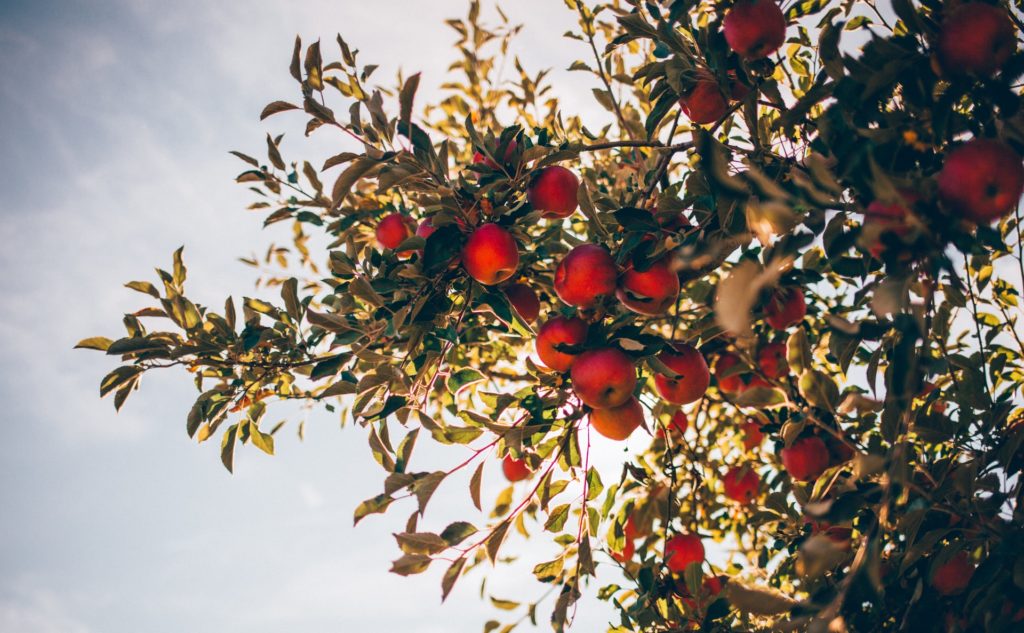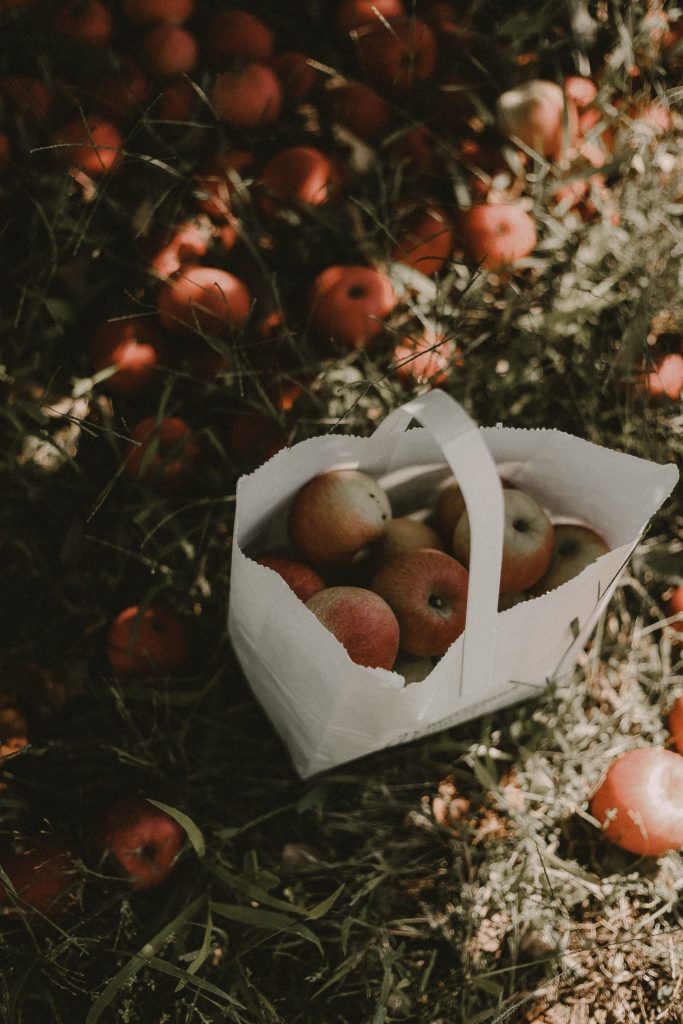According to the experts at Love Garden, one of the most searched for garden queries online of the last three months was ‘when to prune apple trees’, with 3600 searches in February 2020 and 4800 in March. That number only looks set to rise further, in tandem with the tree’s outward spurt.
If you’re keen on getting involved and growing your own apples at home, whether that’s for desserts, chutneys, cider, or simply the freshest fruit around, then you’ve come to the right place. Here are 5 IDEAL beginner’s tips for growing apple trees.
CLIMATE
Climate is important to your tree’s growth. In terms of the divergent conditions in Britain, the East of England is blessed with the ideal climate here – relatively dry and moderate temperatures and sheltered from wine – but you can replicate these effects in other parts of the country by providing shelter from wind, and making sure your tree is planted in an area which is exposed to maximum amounts of sunlight; any less than half a day’s, each day, won’t be good for your apple tree’s growth.
Read: The ideal beginner’s guide to growing your own produce
DRAINAGE
To thrive, apples need two main things; plenty of sun and decent drainage. Though you can’t dictate the former you have a fair amount of control over the latter. As such, make sure the area around your tree is cleared of grass (a 1 metre radius should be sufficient), since grass will take water and nutrition that your apple tree requires. In general, dessert apples require more diligent drainage than cooking ones.
You should regularly mulch with compost and wood chippings throughout the growing season, particularly in its early stages, and water keenly. Make sure you stick to that 1 metre radius we mentioned when mulching and watering, as apple tree’s roots tend to grow outwards rather than only down.

WHAT TO PICK
No we don’t mean from the tree just yet. Instead, before you can pick your apples off the tree, you have to pick what apple trees you’re going to grow. Got it? Incredibly, there are thousands of different types of apples. In the UK we have over 2,500 varietes. Crazily, only a handful of varieties are sold in UK supermarkets – some of which are imported.
Here’s a useful round up of common supermarket apple varieties from the good guys at Orange Pippin Fruit Trees:
| Golden Delicious | Braeburn | Gala | Granny Smith | Cox | Russet |
| Sweet, hard and crisp | Tangy and crisp | Sweet, mild, fairly crisp | Acidic and hard | Not hard, tangy, traditional | Mild sweet flavour, not hard |
But more broadly speaking, apples fall into two categories – dessert and culinary (sometimes differentiated as ‘eating’ or ‘cooking’). If you only have room for one in your garden, then the latter cooks very well, covering both bases.
You should also think about the purpose of your apples. Do you plan to make desserts, cider, juice, or eat them straight from the tree? Or, should you be considering longevity, have a close look at the ripening season of your chosen apple variety. In general, ripening ranges from August to November, and it’s good to choose varieties which ripen at different times for longevity’s sake.
Read: 10 IDEAL grow-your-own herbs and vegetables
CONTINUED CARE
Finally, some good news; apples require little care throughout the year. Simply water your apple trees during long dry spells, if the ground surrounding the tree is bone dry, and also from when the fruit begins to swell. In fact, excessive watering can damage the tree, so hold back if the urge takes you too often. When you do need to, use a lot of the water to ensure it penetrates the ground deeply.
Do make sure that you prune your tree in order to keep it healthy, full and guarantee a yearly crop of the good stuff. Knowing when to prune apple trees is key, and Gardener’s World presenter Monty Don suggests that “if you prune hard in winter, you will get lots of shoots coming back and none of those shoots will have any fruit on them. If you want to reduce the size of the apple tree, do it in summer. If you want to stimulate it to grow bigger, do it in winter. Almost all apples produce their fruit on spurs and the spurs only develop on wood when it gets to two or three years old.”
Heaven forbid your planting doesn’t go to plan, or you find there’s not enough room in your garden after all, then it’s okay to admit defeat.

WHEN TO HARVEST
Though it depends on your variety, of course, the window for picking apples is relatively small. In Britain, there are early, mid and late varieties, with the variety known as Discovery being the first to emerge, and is usually at its best in mid to late August, though climate change is gradually bringing that earlier.
On the other end of the spectrum, D’Arcy Spice arrives latest, and is at its most ripe and delicious when picked in November. That said, as a general rule of thumb, the vast majority of apples here in the UK are ready to harvest in October time.
We can’t wait!





